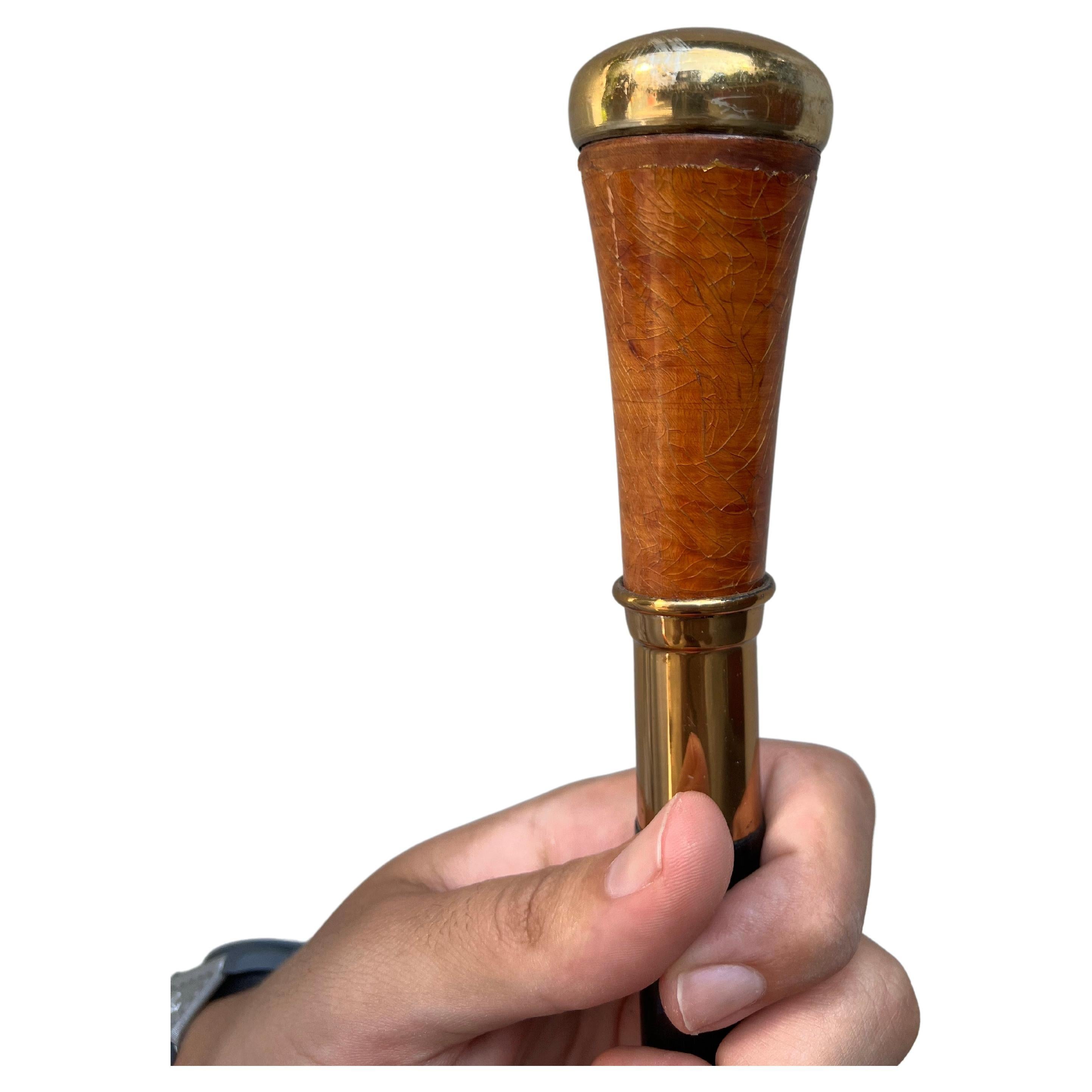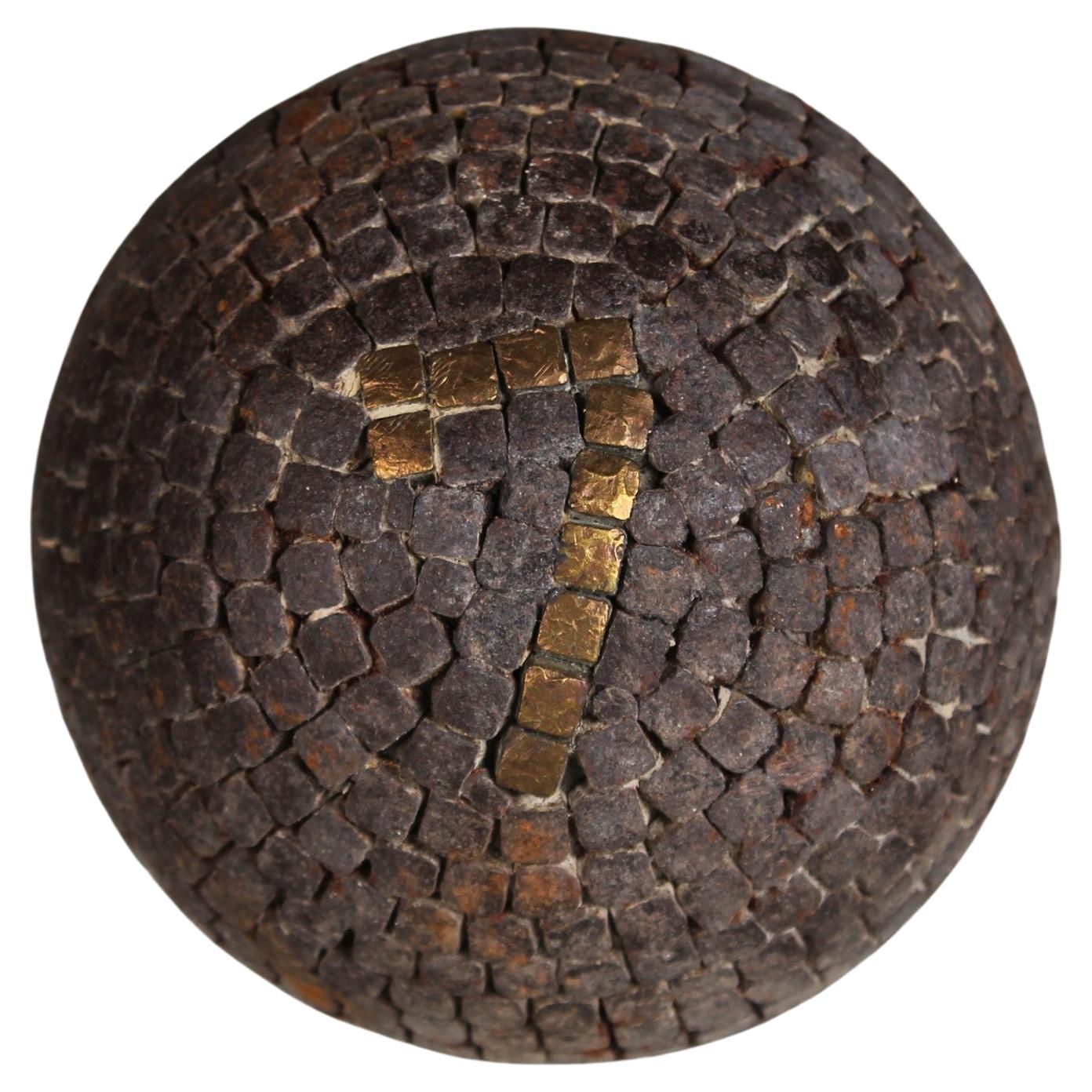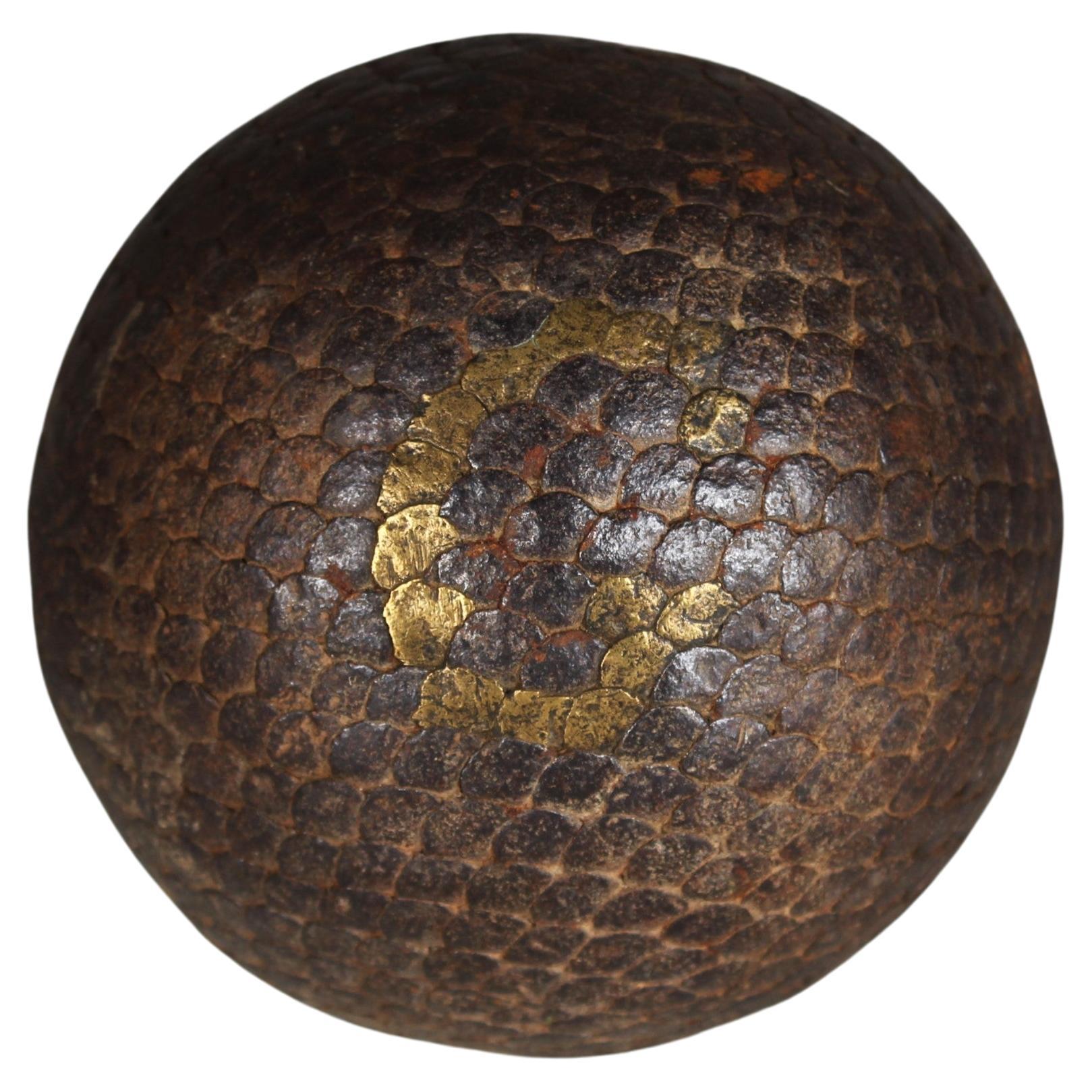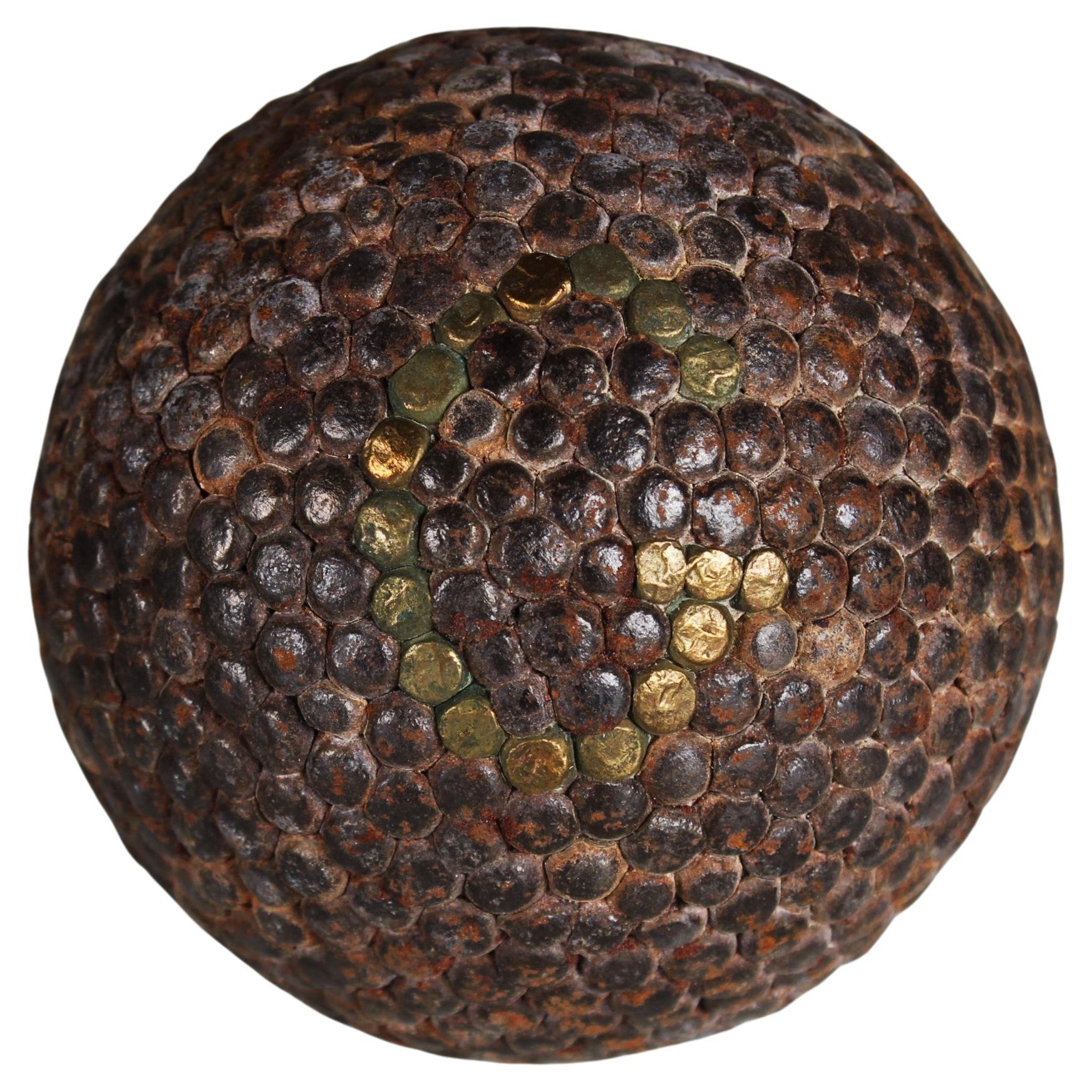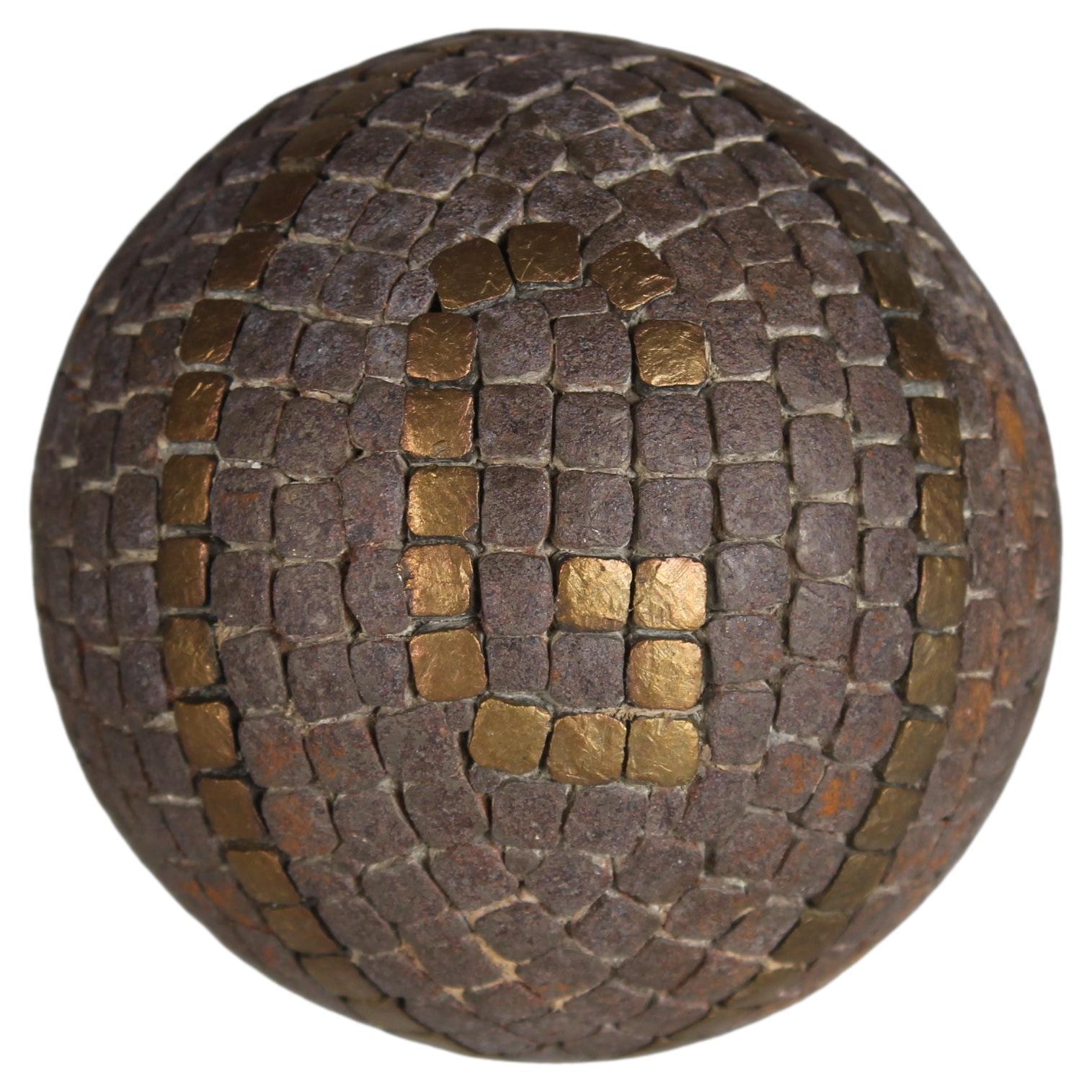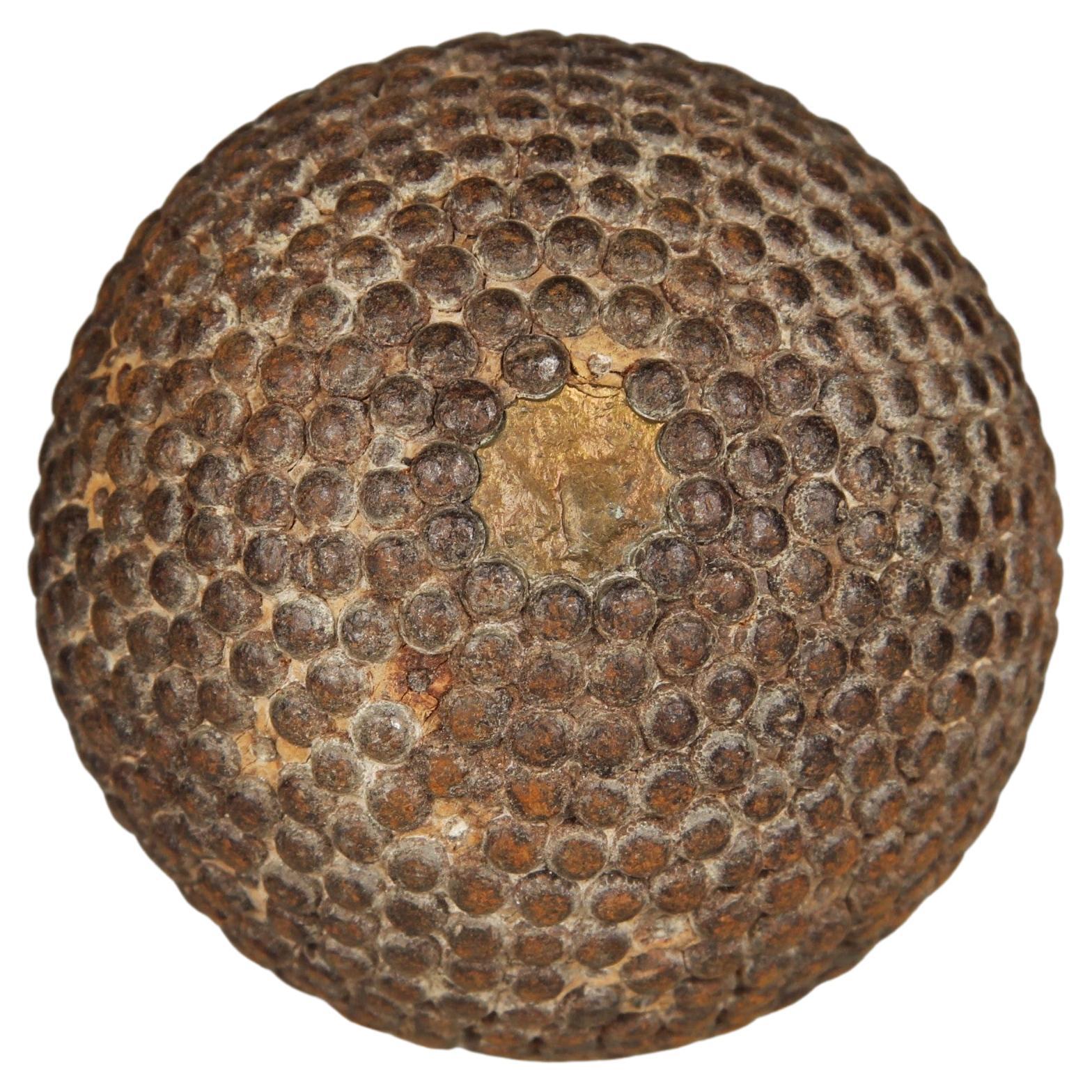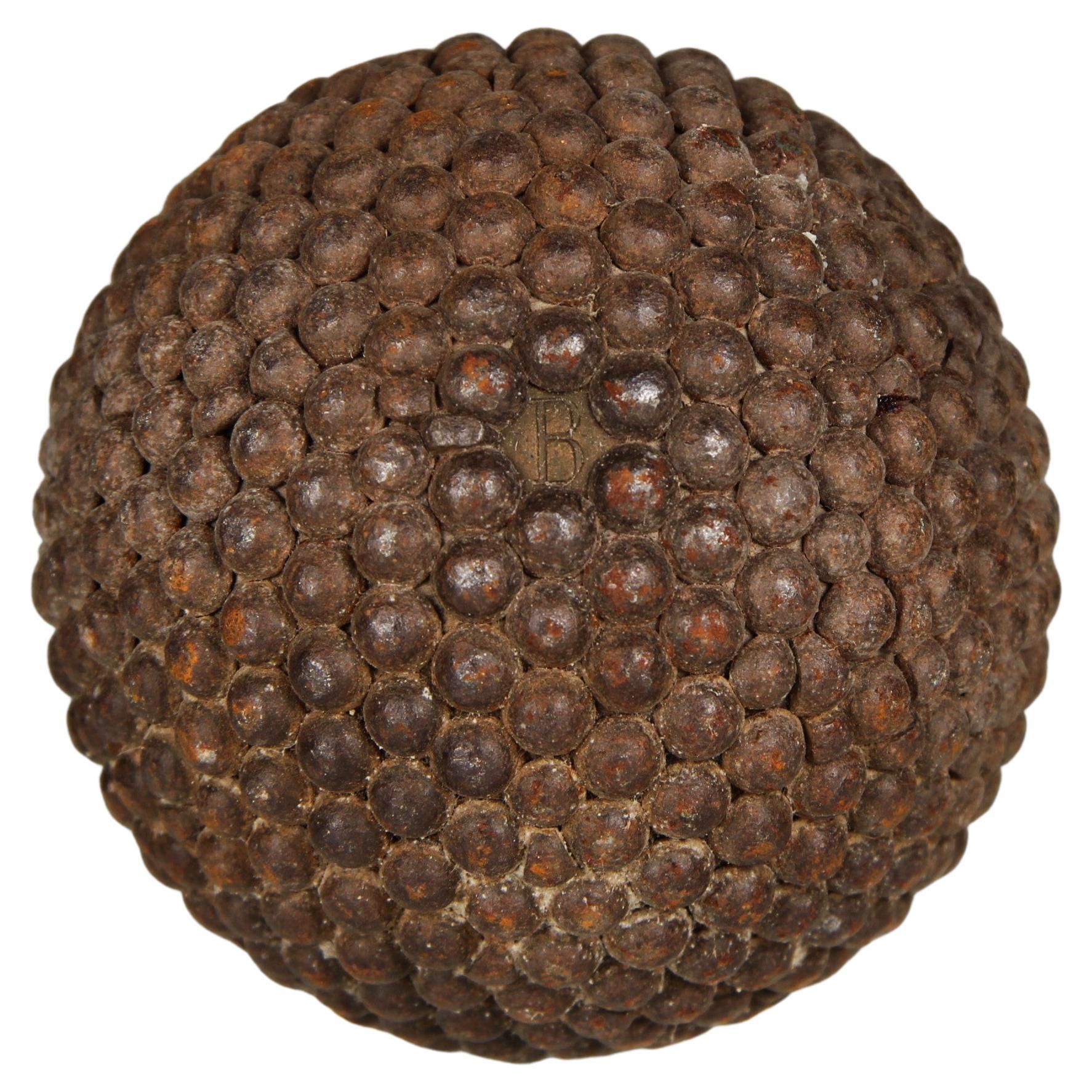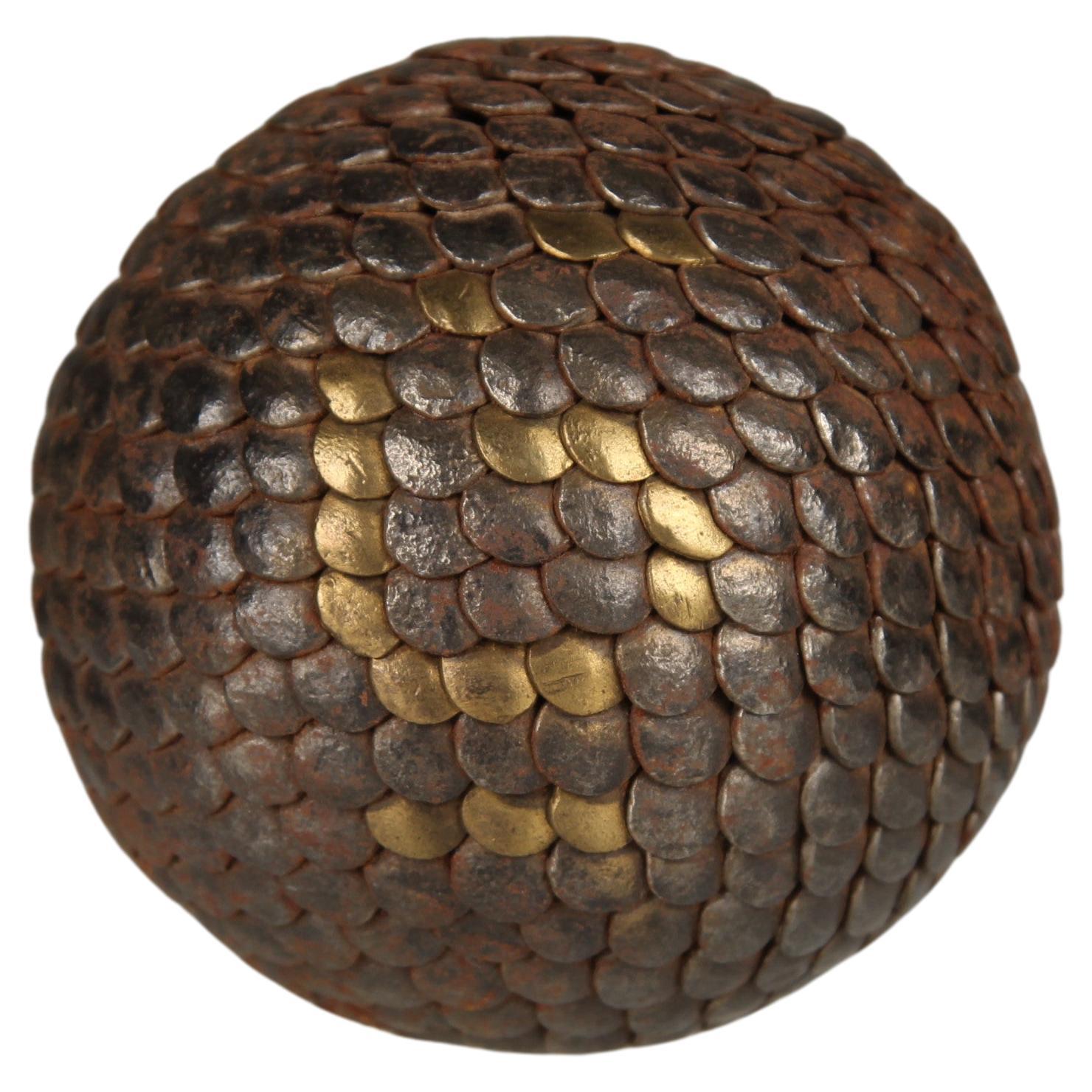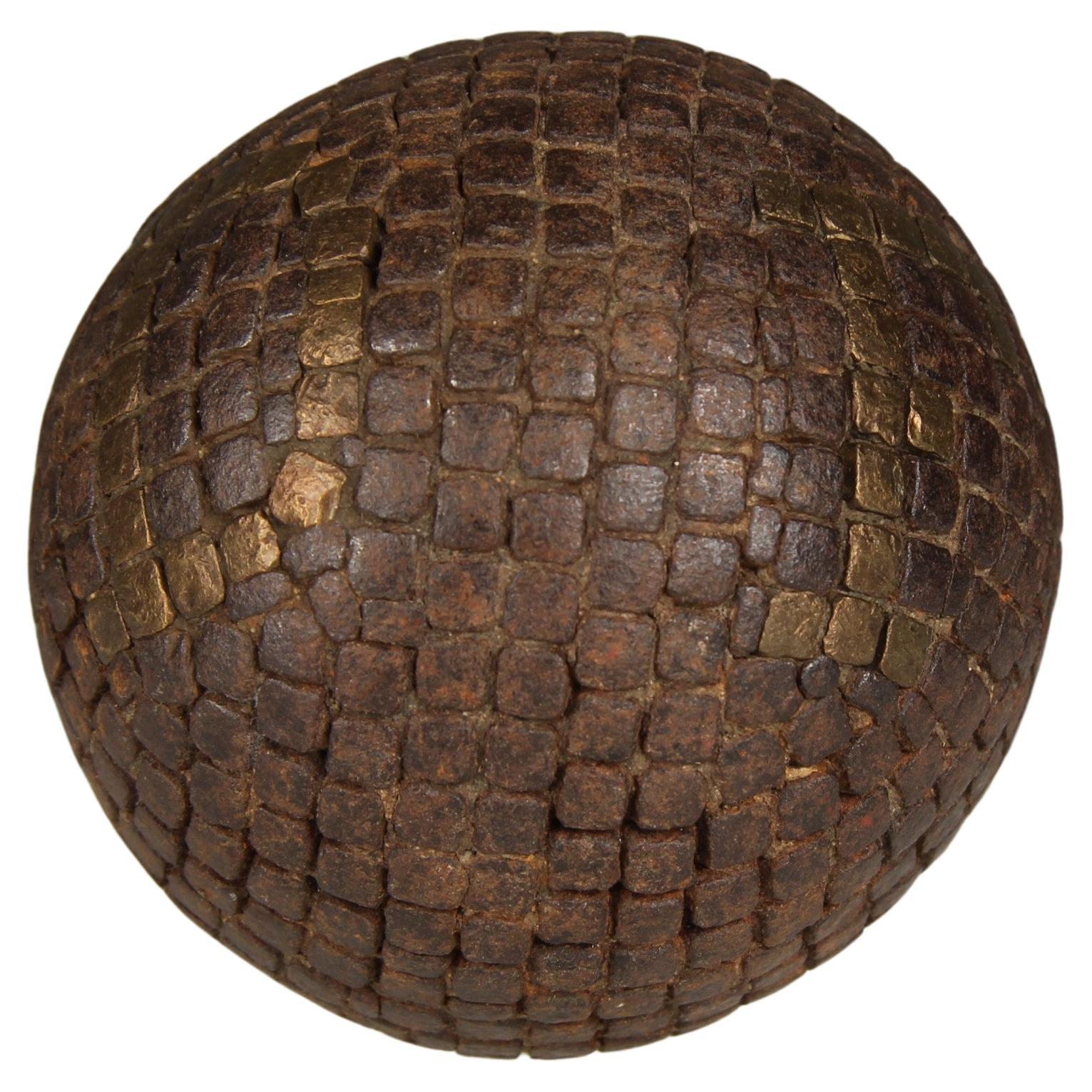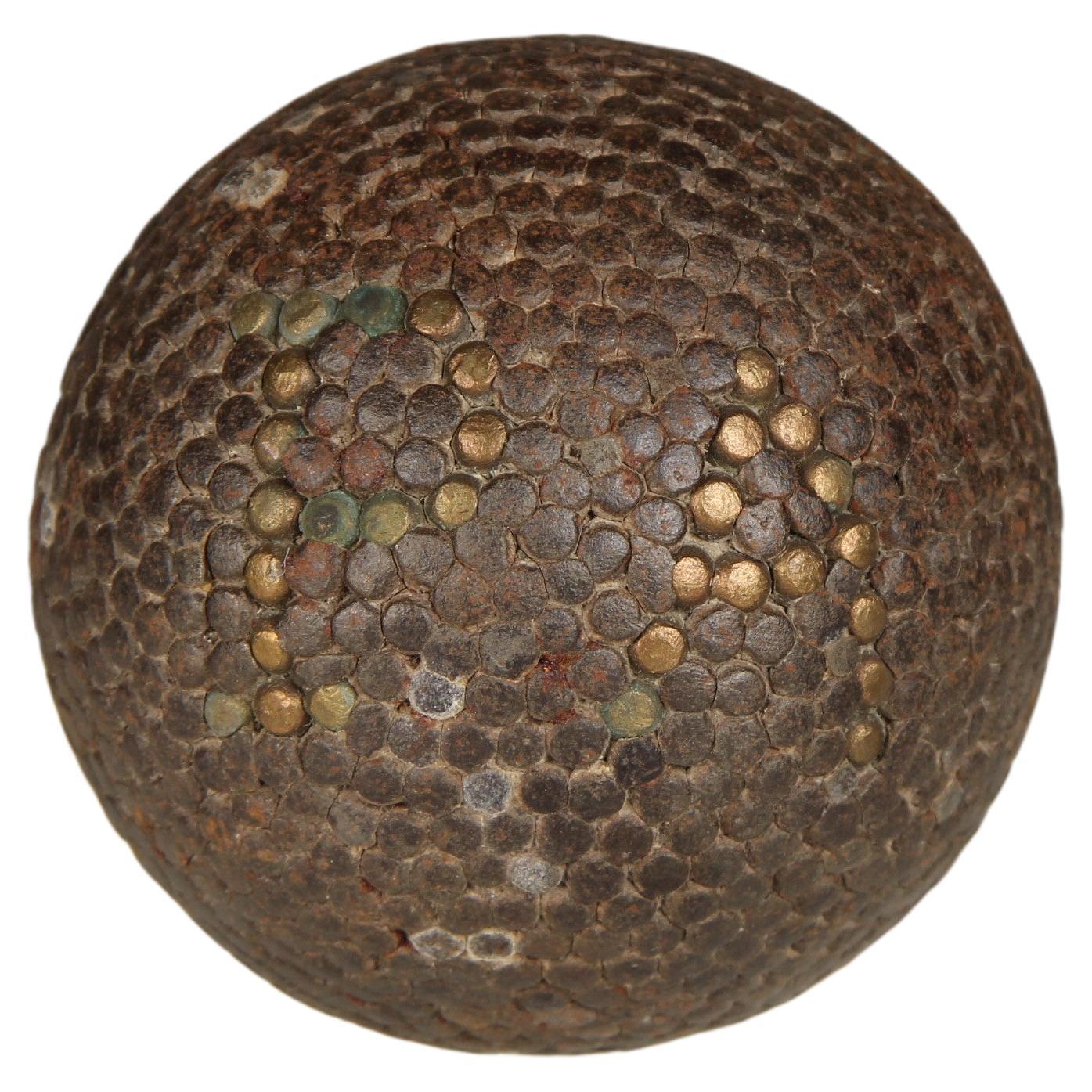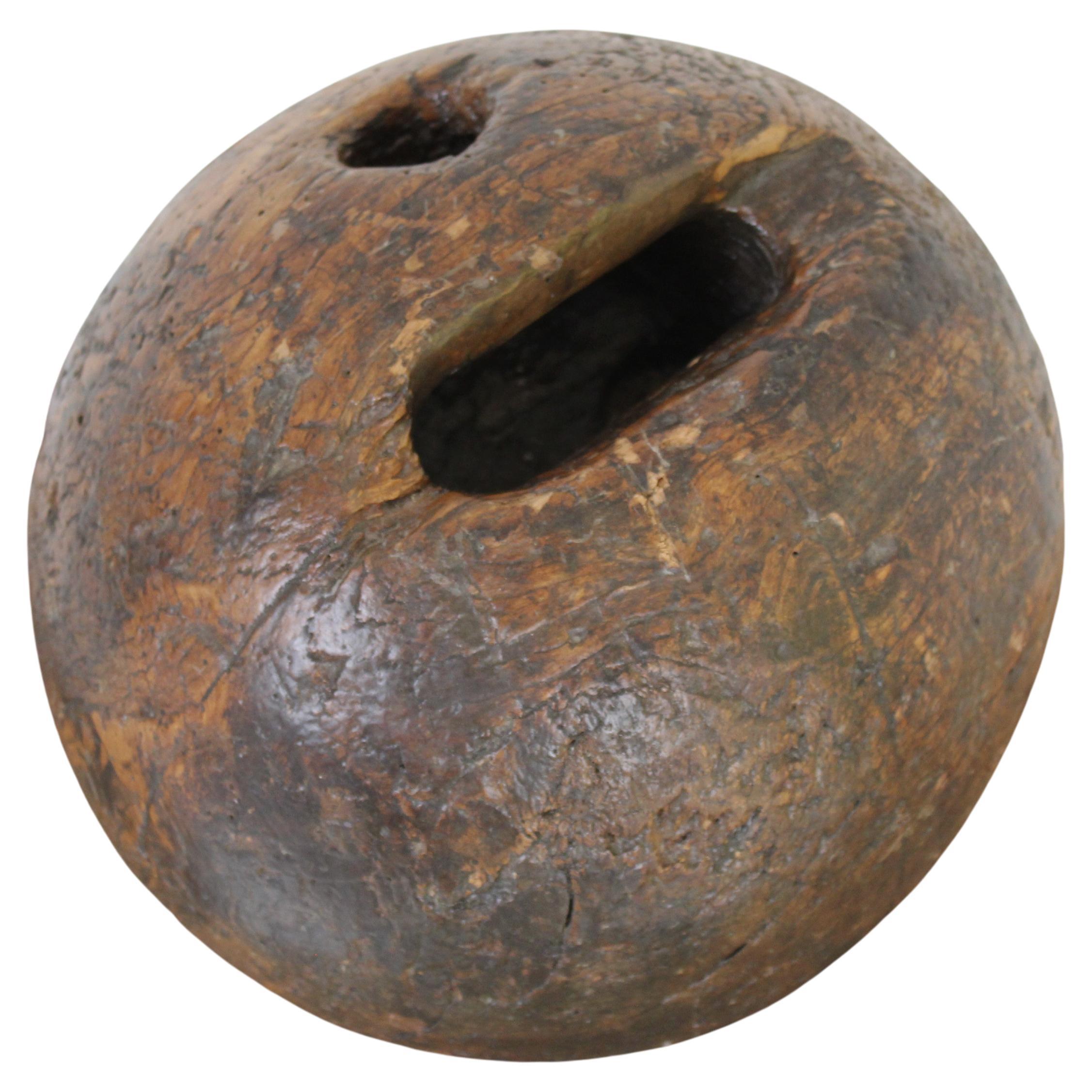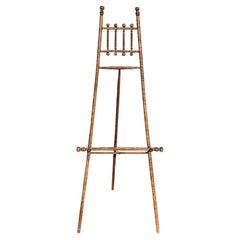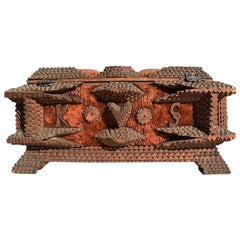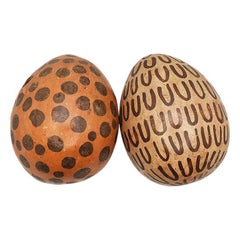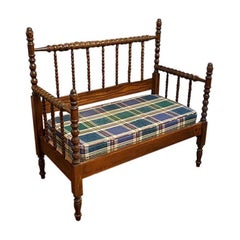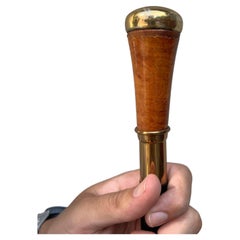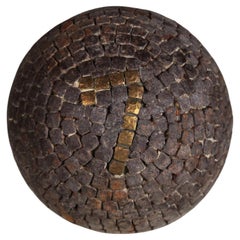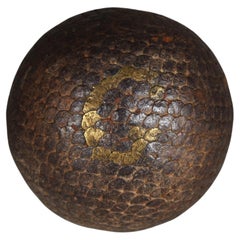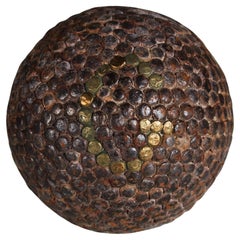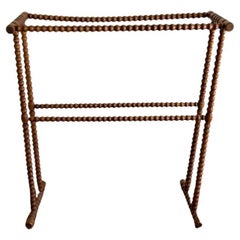
Antique French Country Wood Stick and Ball Herb Blanket Drying Rack, France 1899
View Similar Items
Video Loading
Want more images or videos?
Request additional images or videos from the seller
1 of 9
Antique French Country Wood Stick and Ball Herb Blanket Drying Rack, France 1899
Price:$800
About the Item
- Dimensions:Height: 28.75 in (73.03 cm)Width: 25 in (63.5 cm)Depth: 10.5 in (26.67 cm)
- Style:Country (Of the Period)
- Materials and Techniques:
- Place of Origin:
- Period:
- Date of Manufacture:1800s
- Condition:Wear consistent with age and use. Fabulous antique condition with age-appropriate wear.
- Seller Location:Oklahoma City, OK
- Reference Number:1stDibs: LU3382343909312
About the Seller
4.9
Vetted Professional Seller
Every seller passes strict standards for authenticity and reliability
1stDibs seller since 2018
706 sales on 1stDibs
Authenticity Guarantee
In the unlikely event there’s an issue with an item’s authenticity, contact us within 1 year for a full refund. DetailsMoney-Back Guarantee
If your item is not as described, is damaged in transit, or does not arrive, contact us within 7 days for a full refund. Details24-Hour Cancellation
You have a 24-hour grace period in which to reconsider your purchase, with no questions asked.Vetted Professional Sellers
Our world-class sellers must adhere to strict standards for service and quality, maintaining the integrity of our listings.Price-Match Guarantee
If you find that a seller listed the same item for a lower price elsewhere, we’ll match it.Trusted Global Delivery
Our best-in-class carrier network provides specialized shipping options worldwide, including custom delivery.More From This Seller
View AllLarge Antique Stick and Ball Wood Floor Easel or Painting Display - 1800s France
Located in Oklahoma City, OK
A very large antique stick and ball French floor easel. This piece is from the late 1800s and was sourced from the South of France. It is perfec...
Category
Antique 19th Century French French Provincial Easels
Materials
Wood
$1,200 Sale Price
20% Off
Decorative Wood Carved Tramp Art Keepsake Box or Sailors Valentine with Heart
Located in Oklahoma City, OK
A superb Folk Art sailors valentine Tramp Art keepsake box. Wide in form, this beautiful Primitive wood carved box features the letters S and M with a heart between on both sides. Tw...
Category
Antique 19th Century English Folk Art Antiquities
Materials
Metal
$960 Sale Price
20% Off
Antique Ceramic Egg Shape Native American Hand Decorated Seed Pots, Set of 2
Located in Oklahoma City, OK
A pair of ceramic egg shape Native American seed pots. Each pot is ovular and egg-like in shape and features a small hole at the base of each pot. Pots like these were used to store ...
Category
Early 20th Century American Folk Art Ceramics
Materials
Ceramic, Paint
$560 Sale Price / set
20% Off
English Upholstered Two Seat Wood Bobbin Stick and Ball Armchair or Bench
Located in Oklahoma City, OK
A fantastic antique stick and ball armchair or bench. This beautiful chair features a turned wooden back, arms and legs. The high back and Arts & Crafts or Victorian style frame will be gorgeous in any antique lover’s home.
The seat back features turned wooden spindles which match the spindles on the sides.
The upholstered bench is removable and currently upholstered in a plaid fabric with matching piping. Additionally, a long lumbar pillow...
Category
20th Century English Arts and Crafts Chairs
Materials
Fabric, Wood
$5,600 Sale Price
20% Off
Gilt Grand Tour Plaster Intaglio with Bust of a Man, 19th Century
Located in Oklahoma City, OK
This is a 19th-century Intaglio Tassie - A seal with the bust of a man on it. Thick gilt paper wrapped around the edge mimicking a frame. There are a few tiny faults in the mold but ...
Category
Antique 19th Century English Grand Tour Antiquities
Materials
Plaster
$560 Sale Price
20% Off
Ebonized Regency Wood Side Chair in Black with Stick and Ball Gold Details
Located in Oklahoma City, OK
A fabulous ebonized black and gold side chair or ballroom chair. Upholstered in a peach and cream floral striped fabric, this petite chair will be great as a side chair, at a dining table, vanity, or in a great room. The spindle back is accented with gold circular carved wood pieces. It reminds us of stick and ball furniture...
Category
20th Century American Regency Chairs
Materials
Fabric, Wood, Paint
$520 Sale Price
20% Off
You May Also Like
Bastone - XX secolo - stick - wood stick - vintage
Located in Milano, MI
Bastone da collezione - XX secolo
Descrizione
Bastone da collezione legno radica e argento placato oro seconda meta del XX secolo
Produzione: Italiana
Periodo: XX secolo
Materiale: L...
Category
Late 20th Century Italian Antiquities
Materials
Gold, Silver
Antique Boule Ball "7", Pétanque, 1880s, France, Craftsmanship
Located in Greven, DE
Beautiful, unique Boule ball, France, late 19th Century.
In the 19th century, the manufacture of boules balls underwent significant development in France as the game of boules, particularly the pétanque variant, gained in popularity. The manufacture of boules balls during this period was a manual process that required expertise, precision and love to detail.
In the late 19th and early 20th centuries, particularly in rural areas of France and other Mediterranean regions, olive wood was a commonly used source of material for making boules balls. This was not only due to the availability of the material, but also to the outstanding properties of olive wood, which was characterized by hardness, strength and a rich grain.
First, the olive wood was carefully selected and shaped into raw balls, which were then sanded to the desired size and shape. The nails were then hammered into the balls one by one, making sure that they were evenly distributed and firmly anchored. Finally, the spheres were polished and coated with a protective varnish to enhance their natural beauty and protect them from the elements.
The use of nails to decorate and reinforce olive wood boules was a traditional practice that not only gave the ball a rustic aesthetic, but also improved its durability and contributed to customization. Many balls were made according to the specific requirements and preferences of the players. Nails were driven at regular intervals around the ball, with each nail hole precisely placed so as not to affect the balance and weight distribution of the ball. These nails not only served as a decorative element, but also helped to strengthen the structure of the ball and make it more resistant to the hard knocks and wear and tear during play. Individual engravings or decorations were often applied to the balls to make them unique and identify the player.
Antique boules...
Category
Antique Late 19th Century French Late Victorian Antiquities
Materials
Metal
Antique Boule Ball "G", Pétanque, 1880s, France, Craftsmanship
Located in Greven, DE
Beautiful, unique Boule ball, France, late 19th Century.
In the 19th century, the manufacture of boules balls underwent significant development in France as the game of boules, particularly the pétanque variant, gained in popularity. The manufacture of boules balls during this period was a manual process that required expertise, precision and love to detail.
In the late 19th and early 20th centuries, particularly in rural areas of France and other Mediterranean regions, olive wood was a commonly used source of material for making boules balls. This was not only due to the availability of the material, but also to the outstanding properties of olive wood, which was characterized by hardness, strength and a rich grain.
First, the olive wood was carefully selected and shaped into raw balls, which were then sanded to the desired size and shape. The nails were then hammered into the balls one by one, making sure that they were evenly distributed and firmly anchored. Finally, the spheres were polished and coated with a protective varnish to enhance their natural beauty and protect them from the elements.
The use of nails to decorate and reinforce olive wood boules was a traditional practice that not only gave the ball a rustic aesthetic, but also improved its durability and contributed to customization. Many balls were made according to the specific requirements and preferences of the players. Nails were driven at regular intervals around the ball, with each nail hole precisely placed so as not to affect the balance and weight distribution of the ball. These nails not only served as a decorative element, but also helped to strengthen the structure of the ball and make it more resistant to the hard knocks and wear and tear during play. Individual engravings or decorations were often applied to the balls to make them unique and identify the player.
Antique boules...
Category
Antique Late 19th Century French Late Victorian Antiquities
Materials
Metal
Antique Boule Ball "G", Pétanque, 1880s, France, Craftsmanship
Located in Greven, DE
Beautiful, unique Boule ball, France, late 19th Century.
In the 19th century, the manufacture of boules balls underwent significant development in France as the game of boules, particularly the pétanque variant, gained in popularity. The manufacture of boules balls during this period was a manual process that required expertise, precision and love to detail.
In the late 19th and early 20th centuries, particularly in rural areas of France and other Mediterranean regions, olive wood was a commonly used source of material for making boules balls. This was not only due to the availability of the material, but also to the outstanding properties of olive wood, which was characterized by hardness, strength and a rich grain.
First, the olive wood was carefully selected and shaped into raw balls, which were then sanded to the desired size and shape. The nails were then hammered into the balls one by one, making sure that they were evenly distributed and firmly anchored. Finally, the spheres were polished and coated with a protective varnish to enhance their natural beauty and protect them from the elements.
The use of nails to decorate and reinforce olive wood boules was a traditional practice that not only gave the ball a rustic aesthetic, but also improved its durability and contributed to customization. Many balls were made according to the specific requirements and preferences of the players. Nails were driven at regular intervals around the ball, with each nail hole precisely placed so as not to affect the balance and weight distribution of the ball. These nails not only served as a decorative element, but also helped to strengthen the structure of the ball and make it more resistant to the hard knocks and wear and tear during play. Individual engravings or decorations were often applied to the balls to make them unique and identify the player.
Antique boules...
Category
Antique Late 19th Century French Late Victorian Antiquities
Materials
Metal
Antique Boule Ball "G", "J", Pétanque, 1880s, France, Craftsmanship
Located in Greven, DE
Beautiful, unique Boule ball, France, late 19th Century.
Decorated with the initials "G" and "J".
In the 19th century, the manufacture of boules balls underwent significant developm...
Category
Antique Late 19th Century French Late Victorian Antiquities
Materials
Olive
Antique Boule Ball, Pétanque, 1880s, France, Craftsmanship
Located in Greven, DE
Beautiful, unique Boule ball, France, late 19th Century.
In the 19th century, the manufacture of boules balls underwent significant development in France as the game of boules, part...
Category
Antique Late 19th Century French Late Victorian Antiquities
Materials
Metal
Recently Viewed
View AllMore Ways To Browse
Blanket Holder
Antique Towel Rack Wood
Folk Art Spool Furniture
Antique Blanket Holder
Antique Jenny Lind
Jenny Lind
Jenny Lind Furniture Antique
Herb Drying Rack
Antique Blanket Rack
Table Patina
Green Carpet
Antique Office Table
Persian Antiques
Ceiling Lighting
Vintage Mid Century Kitchen
Italian Glass Table
Retro Modern Chandeliers
Runner Rugs
